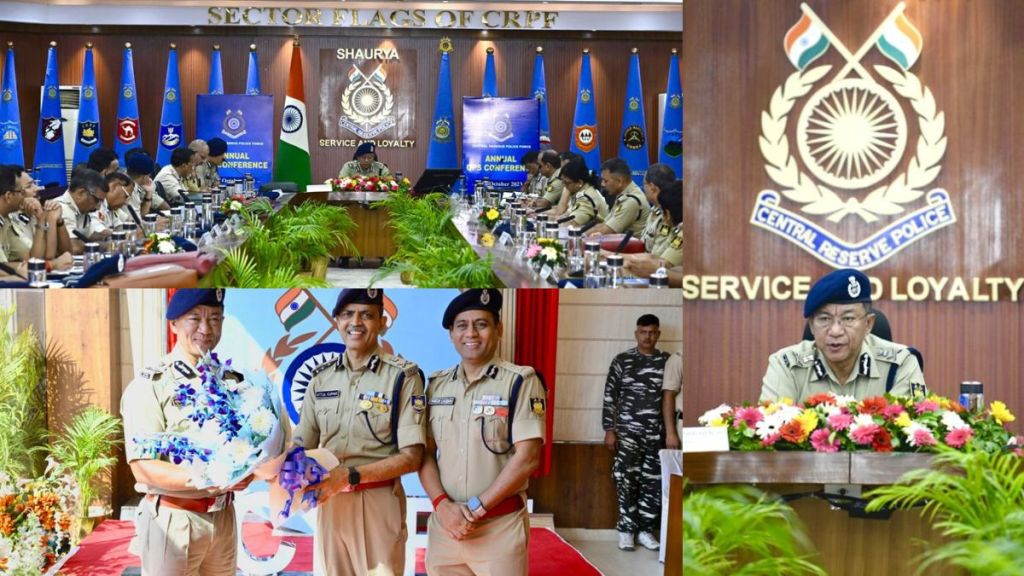In addressing the pressing security challenges of the 21st century, Dr. Sujoy Lal Thaosen, the Director-General of the Central Reserve Police Force (CRPF), underscores the necessity for a more focused and adaptive approach. This approach hinges on a combination of new skills, advanced tactics, and the continual upgrading of technology to remain in sync with ongoing advancements.
The discussions during the formal Operations Conference unfolded against the dynamic backdrop of internal security challenges, and they centered on the evaluation of operational preparedness and performance, with an aim to identify and address emerging challenges.
At the formal Operations Conference, an assembly of senior officials, including the Additional Director-General (Operations) and Inspector-General (Operations), alongside experienced officers representing all theaters where the CRPF is actively deployed were present.
In his address to the conference, Dr Sujoy Lal Thaosen emphasized the significance of such gatherings in comprehending the ever-evolving nature of security challenges. Furthermore, he called upon all field commanders to diligently work towards ensuring the peaceful conduct of upcoming Assembly Elections in five states.
A key outcome of the conference was a unanimous agreement to identify and eliminate operational bottlenecks in various theaters. The conference also stressed the importance of formulating new strategies to effectively combat these challenges. The DG CRPF, highlighted the primary objective of these deliberations as enhancing the operational efficiency of the force.
Particular attention was devoted to addressing the challenge presented by increasingly sophisticated and lethal Improvised Explosive Devices (IEDs), especially in light of evolving tactics employed by insurgent groups. It was unanimously agreed that training programs needed significant enhancement, and the integration of the latest technologies was crucial to improve detection capabilities.
The conference conducted a comprehensive review of the operational performance of the CRPF across all theaters. This encompassed addressing a wide range of challenges, including combating Naxalism in Left-Wing Extremism (LWE) affected areas, counterterrorism efforts in Jammu and Kashmir, insurgency in the North-Eastern states, law and order related issues, and VIP security. The goal was to enhance the operational effectiveness of the CRPF in each of these domains.
Senior commanders actively engaged in Jammu and Kashmir and in regions affected by Left-Wing Extremism shared insights into the specific theater-based challenges encountered during their operational duties. Additionally, the conference deliberated on emerging aerial threats facing the force and outlined strategies to counter them.
The evolving law and order situation in the country, particularly in Manipur, was discussed with an emphasis on the need to modernize the Rapid Action Force (RAF) to effectively address these challenges. Dr. Thaosen underscored the persistent need for modernizing weaponry and logistical facilities to keep the CRPF at the forefront of addressing the ever-evolving security landscape.
In conclusion, the Operations Conference provided a platform for in-depth discussions and strategic planning, aiming to equip the CRPF to confront the diverse and evolving security challenges of the 21st century effectively.


